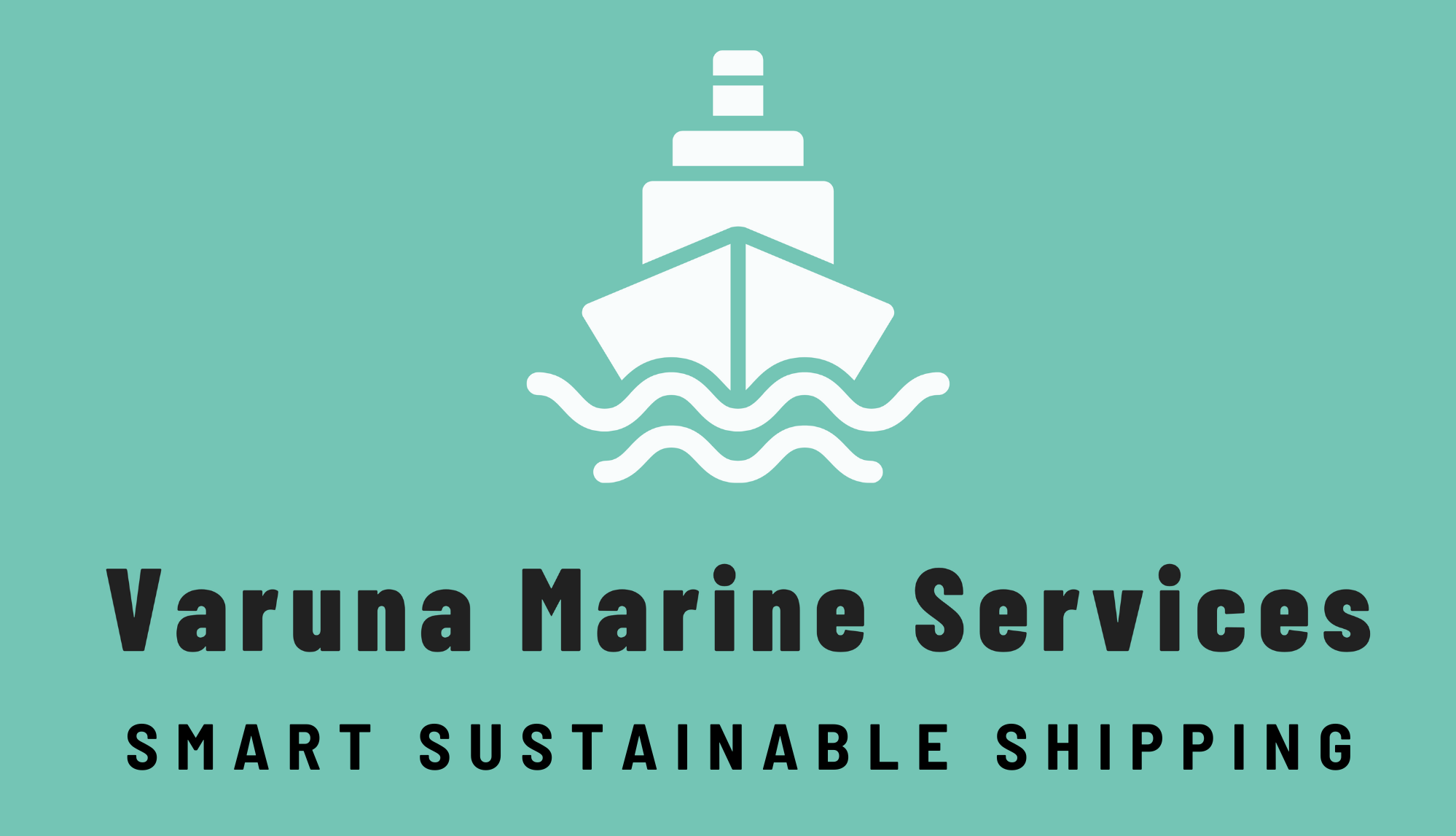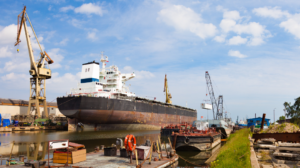As discussed earlier, the presence of hazardous substances on ships is widespread and it is questionable whether they will be eliminated as they are essential for the construction and maintenance of a ship. Based on the IHM certificate, the shipowner can ensure the safety of crew members through the vessel’s working life and assure safe handling of the materials at the point of recycling.
Please read our previous articles for an insight into the importance and benefits of an IHM certification and key regulators related to IHM. In this part, we will discuss the IHM process in detail and how Varuna Marine Services B.V. can help you with IHM certification.
Brief IHM process.
The process of development of IHM involves the below-listed steps:
- Collection of the necessary information.
- Assessment of collected information.
- Preparation of visual/sampling check plan.
- Onboard visual check and sampling check.
- Testing of samples
- Preparation of part I of the Inventory and related documentation.
The procedures described above should be carried out by the shipowner, who may draw upon expert assistance. Such an expert or expert party should not be the same as the person or organization authorized by the Administration to approve the Inventory.
1. Collection of necessary information:
This step involves identification, research, request, and procure all reasonably available documentation regarding the ship. Collection of the necessary information that will be useful includes maintenance, conversion, and repair documents; certificates, manuals, ship’s plans, drawings, and technical specifications; product information data sheets (such as Material Declarations); and hazardous material inventories or recycling information from sister ships and previous shipowners, the shipbuilder, historical societies, classification society records.
2. Assessment of collected information:
The information collected from the above step is being assessed and covers all the materials as listed in table A & table B as far as practicable. The assessed result should be reflected in the visual sampling check plan (VSCP).
3. Preparation of visual/sampling check plan:
The VSCP is prepared to take into account the collected and assessed information in steps 1 & 2. It involves the below-listed procedure:
- Visual Check – Any equipment/system and location which is specified regarding the presence of hazardous material by the document analysis should be entered in the list of Visual Check.
- Sample Check – Any equipment/system and location which cannot be specified regarding the presence of hazardous material by the document analysis should be entered in the list of Sample Check. A sampling check is the process taking of samples to identify the presence or absence of hazardous material contained in the equipment, systems, and/or areas, by suitable and generally accepted methods such as laboratory analysis).
- Potentially Contained Hazardous Material (PCHM) – Any equipment/system and location which cannot be specified regarding the presence of hazardous material by the document analysis and impossibility of conducting sampling without compromising the safety of the ship and its operational efficiency are classed as “potentially containing hazardous material”.
In the VSCP all the locations of checks as mentioned above are marked and listed for onboard sampling.
4. Onboard visual check and sampling check:
The onboard visual/sampling check is carried out by the approved Hazmat Expert in accordance with the visual/sampling check plan. When a sampling process is carried out the sample is extracted, and the sample points are clearly marked on a ship plan and the sample results are referenced.
Materials of the same kind may be sampled in a representative manner. Such materials are to be checked to ensure that they are of the same kind. The sampling check should be carried out drawing upon expert assistance.
5. Sample Testing:
The extracted samples are sent to an approved laboratory for testing using a variety of testing methods depending upon the hazmat as listed in tables A & B they are being tested for. The sample is being tested by “specific testing” to show that the hazard is present, the test is expected to indicate that the hazard exists.
6. Preparation of Part I Inventory:
If any equipment, system, or area is classed as either “containing hazardous material” or “potentially containing hazardous material”, their approximate quantity and location should be listed in part I of the Inventory.
The location of the hazardous material presents onboard a vessel should be clearly marked in order to help ship recycling facilities gain a visual understanding of the Inventory and If any machinery or equipment is added to, removed, or replaced or the hull coating is renewed, part I of the Inventory should be updated accordingly.
Finally, the Inventory is submitted to the designated regulatory bodies like class and flag for approval and issuance Statement of Compliance (SoC).
7. Development of Part II:
Once the decision to recycle a ship has been taken, part II of the Inventory should be developed before the final survey, considering that a ship destined to be recycled shall conduct operations in the period prior to entering the Ship Recycling Facility in a manner that minimizes the number of cargo residues, fuel oil, and wastes remaining on board.
The development of Part II includes incorporating the list of operationally generated wastes with estimated quantity and location.
8. Development of Part III:
Part III of the inventory is also developed once the decision of recycling is taken. It includes the Liquids and gases listed in table C which are sealed in the ship’s machinery and equipment. Also, it includes the regular consumable goods as listed in table D.
How Varuna Marine Services can help?
Varuna Marine Services is an approved service supplier for the development of the Inventory of Hazardous materials. We have been approved by the major classification societies like DNV, ABS, BV, Rina, KR, LR, and IRS. We have also authorized Liberian Flag Administration which is required to attend ships under their flag. Reach out to us to discuss your requirements at: [email protected]
We are also working directly with the MI Flag administration for report approval and issuance of SoC.
Varuna Marine Services having a Quality Management System Standard certified to ISO 9001:2015.
Varuna Marine Services having its in-house hazmat expert teams which meet the requirement of all the regulatory bodies for the development of Inventory of Hazardous Material (IHM) conducting an onboard survey, reporting, and providing technical consultancy services in the Maritime Industry helps the shipowner/manager as listed below.
- Varuna Marine Services will supply the shipowner with a technical IHM report and a spreadsheet with the results of the survey in compliance with HKC & EU SRR and following the IHM guidelines of IMO.
- We also ensure the compliance of the requirement of regulation governing the IHM (EU-SRR Regulation EC 1257/2013) which also meets the compliance with the IMO Hong Kong Convention 2009.
- We follow a digital process to prepare VSCP, onboard sampling, and final report which ensured accuracy and quality of the report.
- We have local surveyors / Hazmat Expert-based around the globe which ensures the in-time sampling and reduces the international traveling cost.




